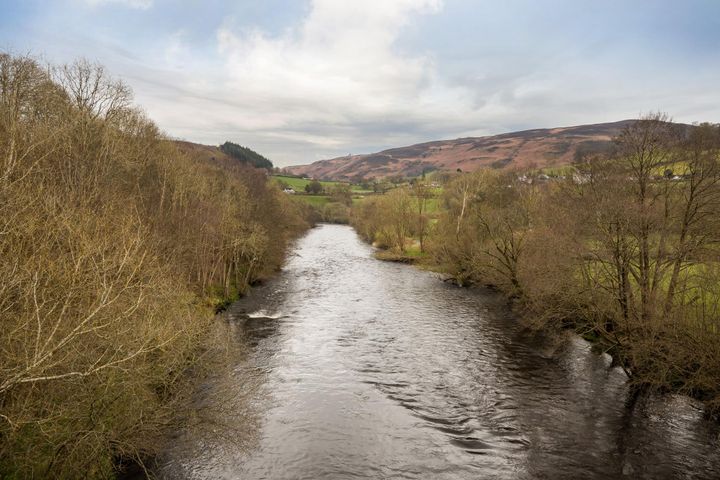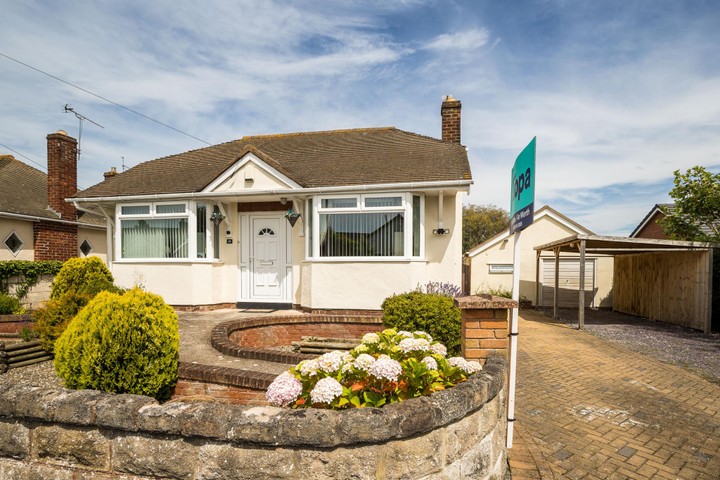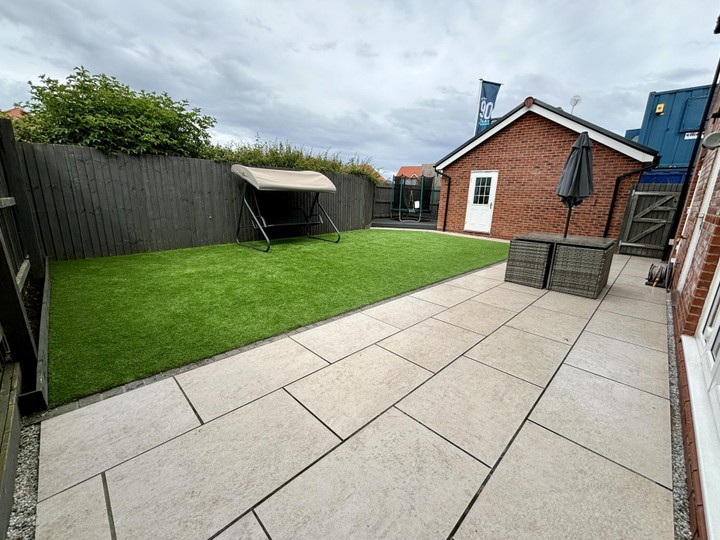Real estate prices in Denbighshire are influenced by several key factors, including location, local amenities, and market demand. Areas like Ruthin and Llangollen, which are known for their scenic beauty and historical significance, tend to command higher prices than more rural locations. Access to transport links, such as the A55 dual carriageway and the nearby train stations, also impacts desirability, making properties in these areas more sought after. Additionally, proximity to schools, healthcare facilities, and leisure activities can boost property values; for instance, homes near the popular Valle Crucis Abbey or the nearby Snowdonia National Park often see increased interest from buyers. Economic trends, such as employment rates and average income levels in the region, further play a crucial role, as do property types; larger family homes in suburban areas typically attract a different demographic than smaller flats or cottages in town centers. Local planning policies and the availability of new developments also shape the real estate market, with any restrictions often leading to scarcity and higher prices.
Denbighshire
Location
Price Range
Any price
Price Range
Minimum
No min
Maximum
No max
Property type
Show all
Property type
Show all
House
Apartment
Building
Other
Bedrooms
Any beds
Bedrooms
Minimum
No min
Maximum
No max
Surface Range
Any surface
Surface Range
Minimum
No min
Maximum
No max
Sale type
For sale
Sale type
Show all
To rent
For sale
Location
Apartments and houses for sale in Denbighshire
3 results
Recent
Denbighshire insights
| Aspect | Summary |
|---|---|
| Population | Approximately 94,000 residents |
| Average Property Price | Around £190,000 |
| Rental Yield | Approximately 5-7% |
| Average Rent | About £800 per month |
| Occupancy Rate | Estimated at 90-95% |
| Capital Growth Rate | Around 3-5% annually |
| Property Tax | Varies; average council tax band D is approx. £1,500 |
| Transaction Costs | Typically 3-5% of property price |
| Expected ROI | Projected at 8-10% including capital growth |
| Economic Growth Impact | Moderate growth supported by local industries |
Denbighshire FAQ
What factors affect real estate prices in Denbighshire?
How has the real estate market in Denbighshire changed over the past year?
Over the past year, the real estate market in Denbighshire has exhibited notable shifts, particularly in property prices and demand. The average house price has seen an increase of around 10%, with three-bedroom homes in areas like St. Asaph and Ruthin now fetching significantly higher prices compared to the previous year. The influx of buyers from nearby urban areas seeking more space and a quieter lifestyle has contributed to this trend, pushing up competition for family homes. Additionally, new developments, such as the construction of affordable housing projects in Denbigh, have aimed to meet the growing demand, yet they have struggled to keep pace with buyer interest. The rental market has also tightened, with a noticeable decrease in available rental properties, resulting in higher rental prices, particularly in towns like Llangollen. Overall, the combination of rising prices and limited supply has characterized Denbighshire's real estate landscape over the past year.
What is the average price of homes in Denbighshire?
The average price of homes in Denbighshire varies significantly depending on the area and type of property. As of recent market data, the average house price in Denbighshire hovers around £215,000. In more rural areas like Llangollen, prices can be somewhat lower, with quaint terraces or smaller cottages averaging around £180,000. In contrast, larger family homes in towns like Ruthin or St. Asaph may reach closer to £250,000 or more. The more affluent coastal areas, such as Rhyl or Prestatyn, can sometimes see average prices exceeding £230,000, particularly for properties with sea views. Additionally, new developments often skew these averages higher, as they tend to be priced at a premium. Overall, the housing market in Denbighshire reflects both its scenic appeal and regional economic factors.
Are there any neighborhoods in Denbighshire with particularly high or low property prices?
Denbighshire features a diverse range of neighborhoods with varying property prices reflecting the area's unique characteristics. Towns like Ruthin and Llangollen are known for their picturesque settings and historical charm, leading to relatively higher property prices compared to other areas in Denbighshire. For instance, properties in Ruthin can often reach prices upward of £300,000, particularly in sought-after locations near the town center. Conversely, areas such as Prestatyn and Rhyl offer more affordable housing options, with average property prices around £150,000 or lower, making these towns popular among first-time buyers and those looking for investment opportunities. Additionally, rural villages like Corwen might provide even lower prices, as they tend to appeal to buyers seeking tranquility and a country lifestyle, further diversifying the real estate landscape in Denbighshire.
How do school ratings impact real estate prices in Denbighshire?
School ratings significantly influence real estate prices in Denbighshire, as families often prioritize proximity to well-rated schools when choosing a home. For instance, areas within Denbighshire like Mold and Ruthin, known for their higher-performing schools, frequently see increased demand for properties, leading to higher market values. Data suggests that homes located near schools with an "Outstanding" rating from Ofsted can command a premium of up to 20% compared to similar properties nearby with lower ratings. Additionally, neighborhoods with poor school ratings may experience stagnation in property values, making them less desirable to potential buyers. Factors such as school facilities, extracurricular opportunities, and academic performance all play a role in shaping perceptions of local properties, which in turn affects sale prices and rental rates throughout the region.
What time of year sees the highest real estate prices in Denbighshire?
In Denbighshire, the highest real estate prices typically occur during the spring and early summer months, particularly from April to June. This period coincides with increased demand as families prefer to move before the new school year begins. The pleasant weather also facilitates property viewings and open houses. Notably, the town of Llangollen often sees an uptick in property values during this time due to its popularity as a tourist destination, while areas like Ruthin, with its historic charm, attract buyers looking for family homes. Additionally, the local market tends to benefit from the picturesque landscapes and outdoor activities that Denbighshire offers, further driving up interest and prices in the warmer months.
Is it a good time to buy property in Denbighshire right now?
In Denbighshire, as of late 2023, the property market shows mixed signals which potential buyers might find intriguing. The average house price in the area has seen minor fluctuations, with figures hovering around £200,000, reflecting a slight decrease compared to the previous year. This could provide opportunities for buyers looking for value. Furthermore, Denbighshire's appeal as a location is bolstered by its picturesque countryside and access to amenities, making it attractive for families and retirees alike. Notably, areas like Ruthin and Llangollen are seeing increased interest due to their unique character and vibrant communities. However, interest rates have recently risen, which might impact mortgage affordability, potentially leading to a more cautious approach from buyers. The rental market also remains competitive, particularly in towns with good transport links, suggesting a healthy demand that could influence future property values.




